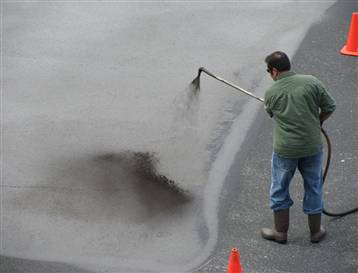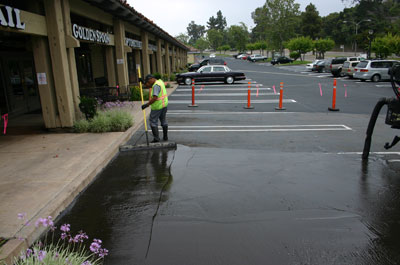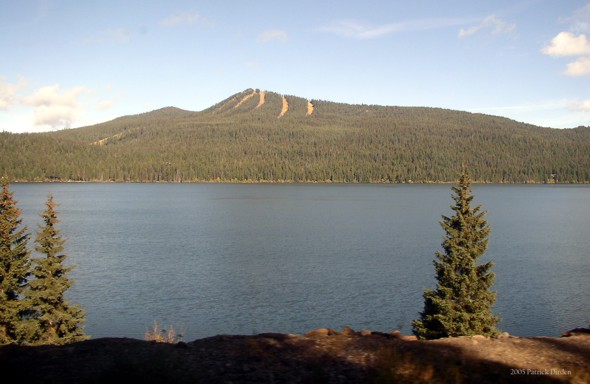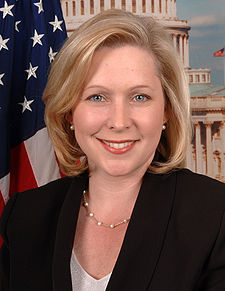Closing in Loopholes in Organic Meat and Dairy Regulations
 March 19, 2010
March 19, 2010  Kyriaki (Sandy) Venetis
Kyriaki (Sandy) Venetis 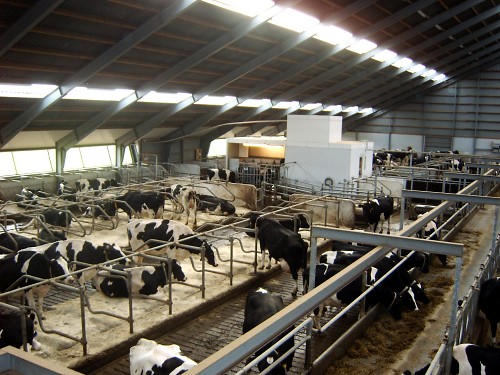 A modern dairy farm. Photo courtesy of TriangleJr.com – North Carolina Child Care & Family Resource.
A modern dairy farm. Photo courtesy of TriangleJr.com – North Carolina Child Care & Family Resource.
What do we expect when we see that green and white USDA organic label on meat and dairy products? We expect that those animals are treated humanely; allowed to graze on open pastures; and not given poor quality feed with synthetic filler, hormones, and antibiotics.
For the most part, this is what we’ve gotten every since the National Organic Program went into effect a decade ago, requiring that animals be given access to outside pastures.
The festering problem in the industry has always been the regulation’s vaguely written language. The National Organic Coalition has complained that, “in recent years, it has become clear that some organic dairies have been permitted to sell milk as ‘organic’ even though the cows have not had access to pasture.
“When challenged about why they are permitting some dairy operations to skirt the pasture standards, the USDA’s National Organic Program has stated that the regulation is too vague for them to adequately enforce.”
In response to widespread protest - from consumers, organic certifiers, public interest groups, and dairy producers who comply with the rule - the USDA opened the issue for public and industry input to amend the regulation.

